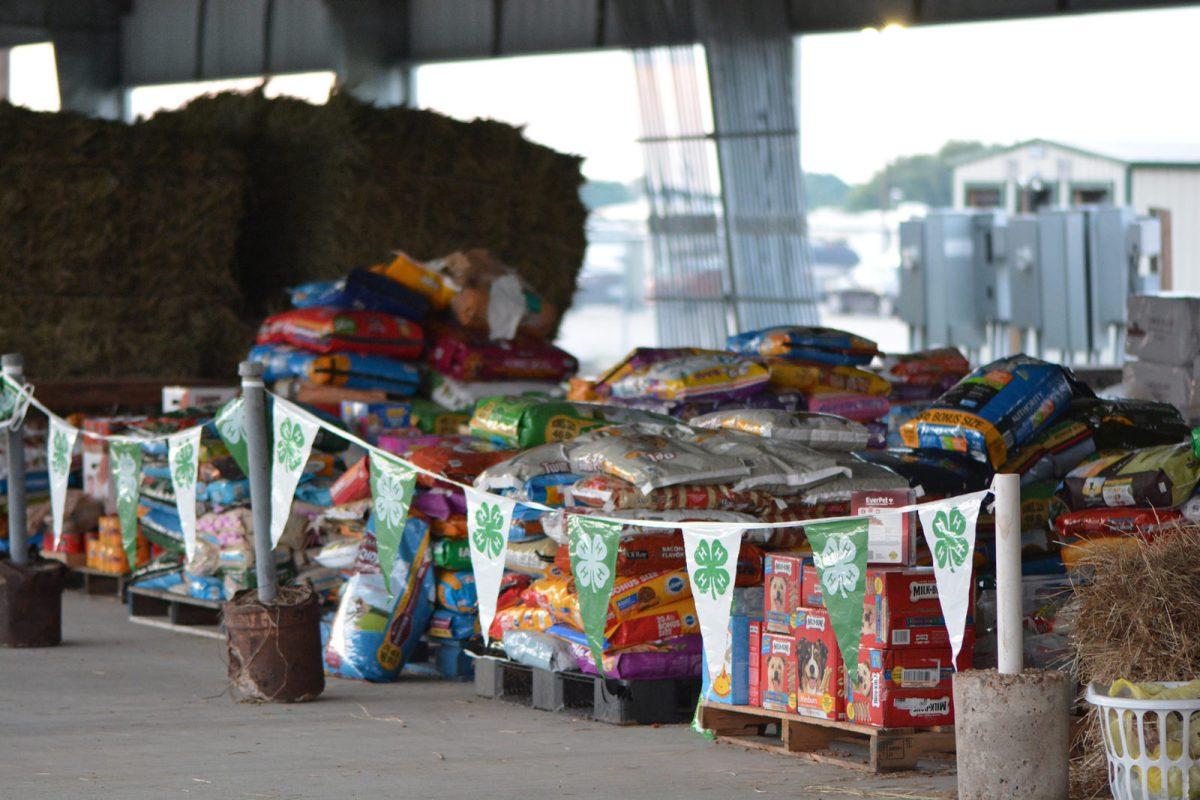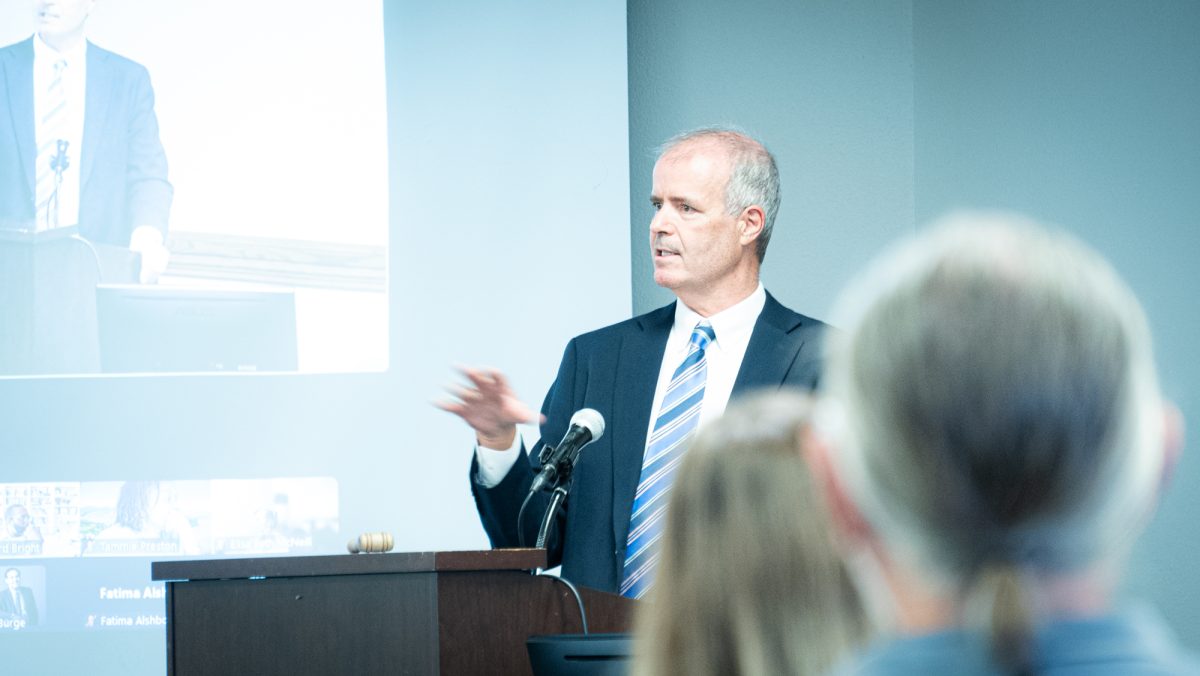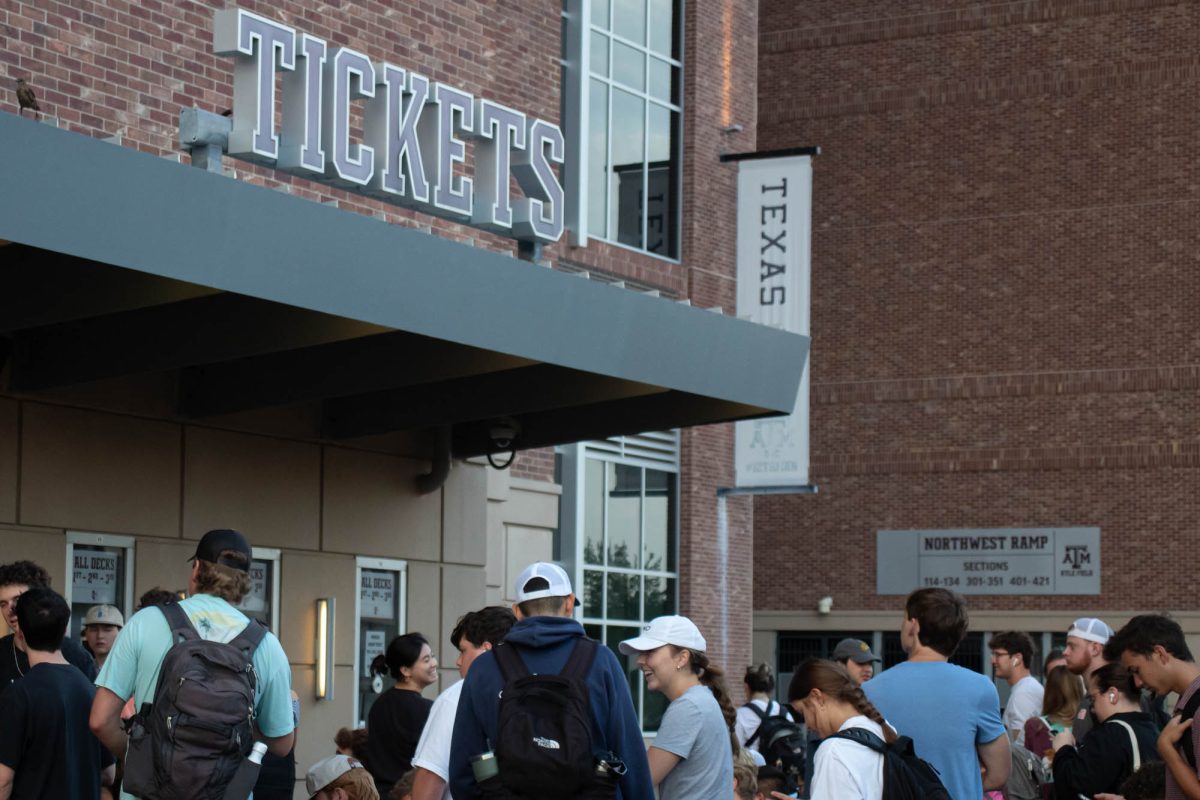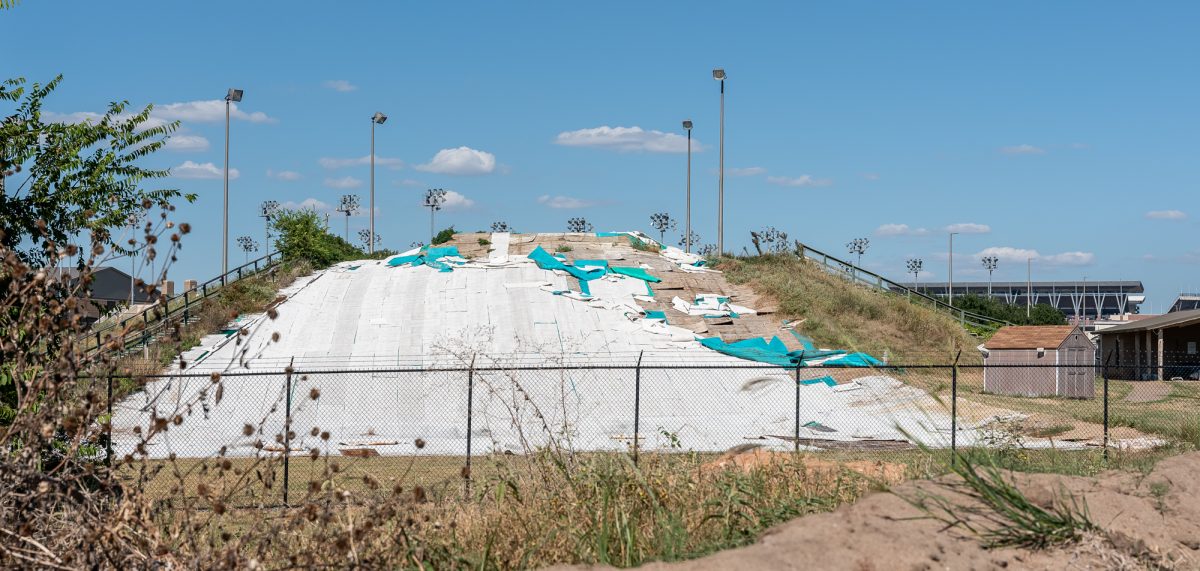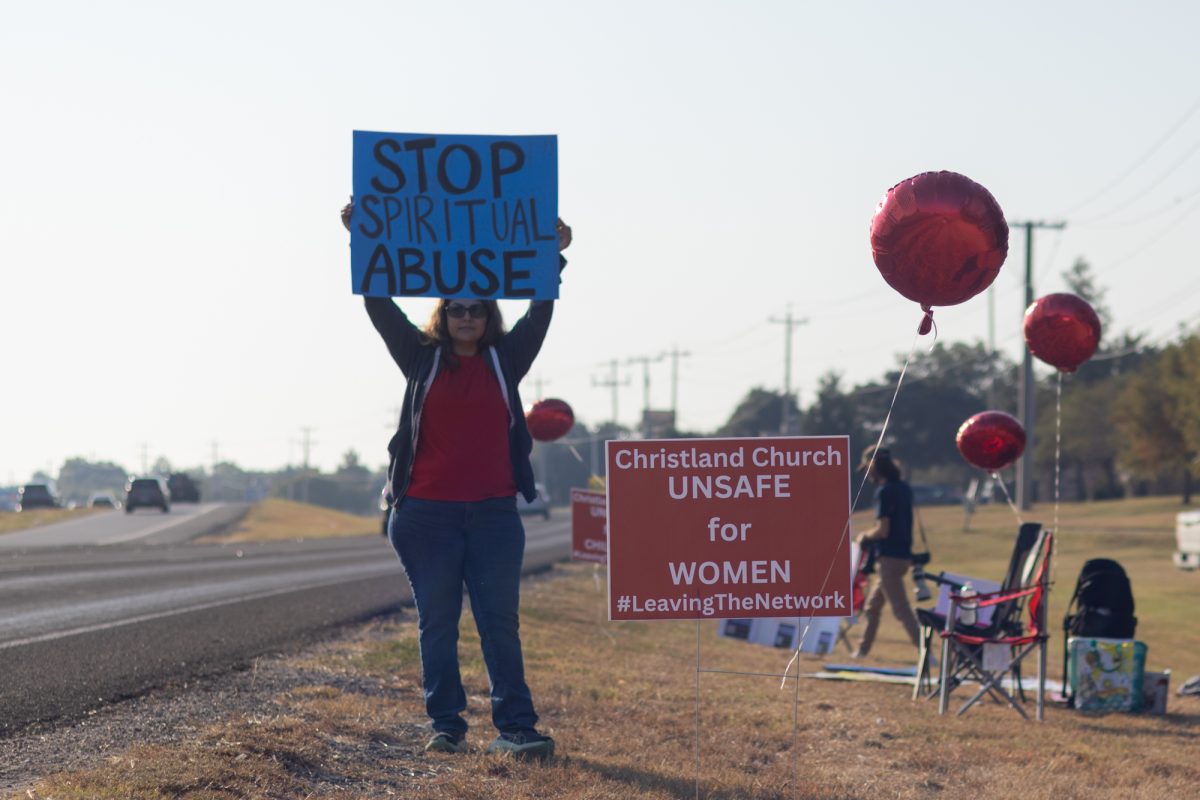Built over a century ago, a torchbearer of Texas A&M AgriLife research achieves status as a historical marker for its donations to the university and the people of Texas.
Established in 1916, the AgriLife Sonora Station in San Angelo has been a pillar of Texas A&M for decades. At the beginning of its tenure in 1916, it primarily played a role in the sheep and goat industry. Today, it has expanded into a hands-on learning tool for courses in the agricultural and wildlife sciences fields.
To gain status as a state historical marker, candidates have to apply with the Texas Historical Commission by reaching out to the relevant county historical commission. The process often requires petitioning to have the venue accepted as a historical marker with a historical narrative of the venue’s impact. Lastly, an application form with basic contact information is submitted.
AgriLife marketing and communications specialist Susan Himes said the station has continued to enhance the community effect for over a century.
“The innovations and research and studies [which faculty and students in the Sonora AgriLife Station] have done there [have] really impacted the entire sheep and goat industry,” Himes said. “Not only in Texas and the U.S., but really worldwide.”
Genetic research and breed performance have been major factors in the work done at the Sonora Station, Himes said. Research conducted at the station helps ranchers to determine the most reproductively fit rams, as well as how to cultivate the best grasses for sheep and goat growth.
“The key things they’re known for [are] sheep and goat genetic research, rangeland research and prescribed burns,” Himes said. “At any given time, there’s usually some graduate students working on research related to sheep and goats.”
Students studying or researching fields related to AgriLife often work at the Sonora Station for practical experience during their time in college. Himes said classes are often held outdoors to allow students to better visualize their coursework, and graduate students often use the station to collect data for their research.
Beyond the educational value, the Sonora Station has greatly contributed to research at A&M and has been the glue of the community surrounding it for generations. Wildlife and Fisheries Management Department head Roel Lopez said the Sonora Station was started as a project to better serve and support the local community.
“The station brought the community together to fulfill ranch management needs,” Lopez said. “The people around the station maintained and learned from the station for decades.”
The Texas A&M AgriLife Land-Grant Legacy is committed to facing agricultural issues and educating the population on proper ranching and wildlife practices, Lopez said. Running such a large agricultural research station, Lopez said, takes a large team of dedicated individuals in dozens of fields to keep the station going through day and night.
“[The Sonora Station] ties in the mission of research and extension,” Lopez said. “It epitomizes the land-grant mission.”
Originally, the station received funding from local ranchers, A&M and the Sheep and Goat Raisers Association. The station gave back tenfold to every source from which it had received funding. Doug Tolleson, Ph.D., a scientist at the Sonora Station, said there is a variety of agriculture research being conducted at the station on a daily basis.
“[We research] vaccine development, nutrition, prescribed or controlled fires and really anything to do with ranching,” Tolleson said. “The Sonora Station is fairly unique among the agricultural community.”
Though the station was originally started by ranchers and the families living around it, it is now also a symbol of education and advancement in the ranching industry, Tolleson said.
“The Sonora Station has a 100-year legacy of serving the state of Texas,” Tolleson said. “After working with the Sonora Station for five years, I’m looking forward to continuing that.”



